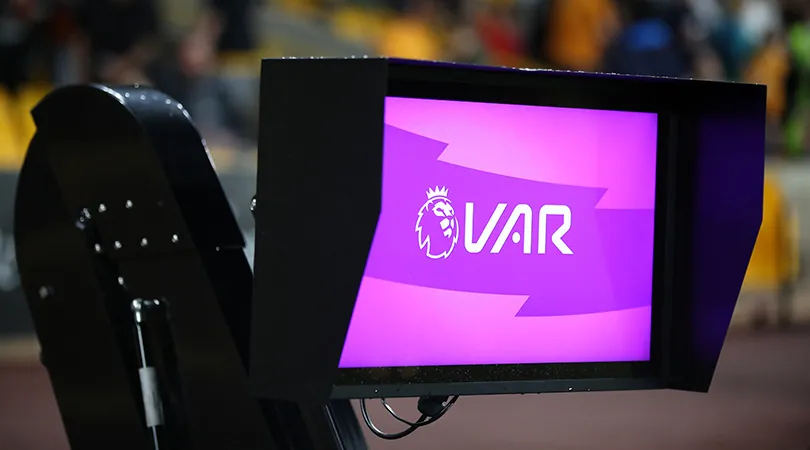
The game is being altered by goals in extra time. Why is there an increase?
With a 1-0 lead at Craven Cottage and a crucial away victory in the making, Brentford advanced to the end of ninety minutes of Monday night’s Premier League match.
In extra time, Fulham scored twice. Harry Wilson stung the Bees and stole victory from the Cottagers by equalising in the second minute of stoppage time and scoring the game-winning goal in the seventh.
Tottenham Hotspur and Leicester City both scored goals in stoppage time, contributing to the Premier League’s and other leagues’ increasing trend of goals at the finish.
Why are stoppage time goals increasing?
In the previous round of fixtures, there were five goals in stoppage time, and each one altered the result of a game.
There is just more football, which contributes to the goal explosion that occurs after the 90th minute. The World Cup in 2022 marked the beginning of the trend towards more stoppage time, as officials’ more stringent time management resulted in an average of 11.61 minutes extra in both halves.
Fulham’s victory over Brentford was one of just five teams to lose into the 90th minute and win again prior to the 2023–24 season. Spurs, Manchester United, and Wolverhampton Wanderers all turned a loss into a victory between September and November of 2023, increasing the frequency of those turnarounds in the early going of that season.
All throughout the football world, the trend is being imitated. More time was tacked on and, as a result, more goals were scored in stoppage time due to the general aim to reduce time wastage and maximise the length of time the ball remained in play.
Premier League statistics released at the beginning of the season show that the growth in stoppage time goals has surpassed the rise in extra minutes. The impact is not solely due to the quantity of time available.
Teams are playing into the 93rd or 94th minute before the final whistle is blown because of the shifting dynamics at the end of games. Whether they’re trying to snuff out a lead or protect one, they’ve adjusted accordingly. Sometimes the outcome will unavoidably favour the team pursuing the game.
Over the past five years, time wasted has become a contentious topic, but the arrival of VAR made it easier to explain why ball-in-play time decreased prior to 2022.
The influence of VAR on stoppage time and late goals is evident as the clock approaches 100 minutes more frequently to ensure that interruptions and lengthy reviews don’t eat up football time.
The average on-field review period of more than a minute implies that more of a game’s active minutes take place after the 90th, although studies have shown that the VAR process itself has had little impact on the average number of goals scored before and after its implementation.
There is also a claim that the way games are played has been altered by such pauses to the point that players may now play with more intensity for longer.
They are more youthful in 2024 when they get to the 91st minute than they would have been in 2016, prior to the introduction of VAR.
Although VAR is a contentious and controversial invention, we can all appreciate that it has increased late drama.
CLICK HERE FOR MORE







